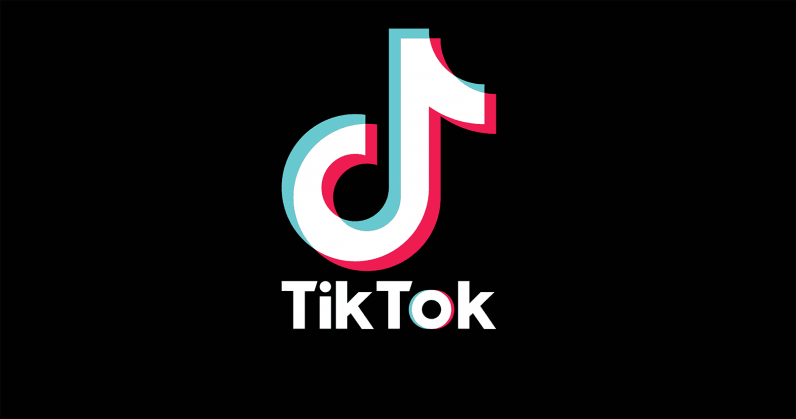
Cybercrime is a real palpable threat to both companies and governments. Unfortunately, as long as there’s the internet, hackers will continue trying to get unauthorized access to cybersystems. The purpose of the intrusion varies. A malicious attack can get carried out to extort, vandalize, steal data, disrupt business processes, etc. And the resulting damages can be anything from little nuisances to a complete disaster. Hackers can hinder your employees’ productivity, destroy trust with your customers, and steal your assets. The tech experts at https://www.geekspro.com.au can minimize these threats by optimizing your security software and removing viruses and spyware.
So how to prevent cyber attacks? Luckily, most hackers are carrying out the same types of cyberattacks. Knowing the most popular intrusion methods gives you a chance to be prepared. Below are some of the most common cybercrime techniques with some practical tips on how to prevent them. Let’s dive in.
1. Crypto Jacking Turns Your Computer Into a Cryptominer
Have you heard of cryptojacking? It’s an unauthorized attempt to turn a computer into a crypto-miner without the user knowing it. Hackers can achieve this by infecting a website with a code that starts the mining process after loading it into the site visitor’s computer. Another method is sending out emails with malicious links that load the crypto mining code once clicked on. The best way to prevent these attacks is to keep the firmware on your smart devices updated. Plus, always use the latest versions of your security software. You should also educate your employees on these kinds of attacks and make sure they wouldn’t click on links from unknown emails.
2. Distributed Denial of Service (DDoS)

The DDoS is an attack that attempts to overload your servers with user traffic. It uses several different hacked computer systems to ensure the effectiveness of the attack. And what’s the result? Your server will be unable to handle incoming requests, and your website slows down. In worst cases, the website can even shut down entirely.
Unfortunately, it’s a tricky attack to prevent. Once it’s underway, you can identify the sources of the ill-natured traffic and close them. Early attack detection is crucial. Some of the clear signs of an intrusion underway are a sudden flood of spam emails or a substantial network slowdown. The faster you react, the less your applications and network suffer. Usually, you will need to take the servers offline to repair the damages.
3. Phishing Attacks Are Still There
Phishing scams have been part of the cyberattack’s history since the beginning of the internet. The scheme is simple: a user gets an email that asks for a password or other sensitive data. The email uses legitimate features and seems to be completely official. That compels a user to give away passwords without questioning the request. So the best prevention tactic against phishing is using your common sense. Although phishing emails give their best to look official, you can still spot them from obvious syntax and spelling errors. And let’s not forget: no organization would ask for your data via email. This request in itself is a clear indicator of malicious intent.
4. Cross-Site Cyber Attacks (XSS)
An XSS attack is when a vulnerable website gets targeted to land harmful codes on the site. When users visit the site, their browser gets infected and starts acting in unwanted ways. The hackers’ goal is to steal user data or hamper a company’s ability to provide standard services. Although it’s one of the most common cyber attacks, it’s futile against encrypted sites. So if your website host can provide encryption, you’re safe. Another effective safety measure is turning off the page scripts. That makes it impossible for the intruding payload to activate itself.
5. Malware and Ransomware
The number of cyberattacks per year that involve malware dropped significantly in 2020. However, the malware remains a threat that needs attention. When the unwanted software installs itself in your computer system, it can spread to other systems, steal data, delete files, and forbid access to vital programs. The best defense is again common sense. Organizations should adopt a proactive approach and always ensure that they install the latest anti-virus software to their systems. Plus, educating the employees goes a long way. Everyone in the organization should be aware that clicking on suspicious links can lead to unwanted malware installation.

Ransomware is a type of malware that halts the functionalities of a system until you pay the cybercriminals a ransom. It’s virtually impossible to remove ransomware by yourself. And again, updating the anti-malware software and not clicking on suspicious links are the best prevention methods. Another thing to keep in mind is that you can effectively decrease the damage from a ransomware attack by regularly backing up all your files. When the attacker decides to destroy your files, you can rebuild the system using the saved backups.
Conclusion

So this was our list of recent cyberattacks that everyone should know. Whether your company is an online casino offering games like 7 Reels or a SaaS company with products like HubSpot, it’s vital to know the risks in cyberspace. The attacks will get increasingly complex over the years but understanding the mechanisms behind hackers’ methods enables you to protect your systems and networks proactively. So best get started with it today, and you’ll always stay one step ahead of criminals. What could be better?
What have been the biggest cyber attacks against systems in your company, and how did you deal with them? Share your experiences in the comments.
Author’s bio
Jeffrey is a tech activist and avid blogger. He has a great knowledge of the latest technologies. He also likes writing blogs and sharing informative content with others. His major concern is to educate people who are interested in technology. He is passionate about helping people in all aspects of digital marketing, technology, and other related topics that make tomorrow’s world better.







